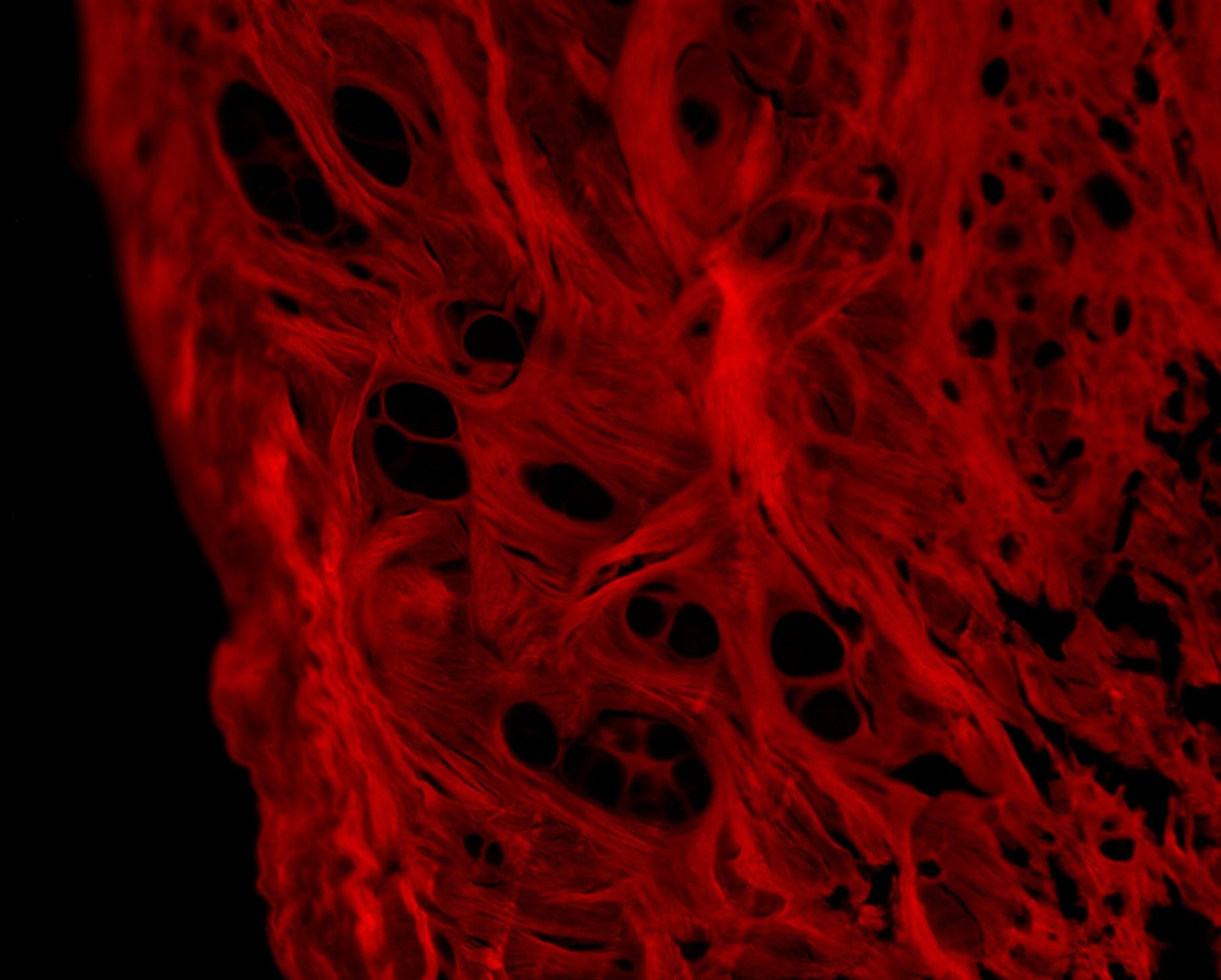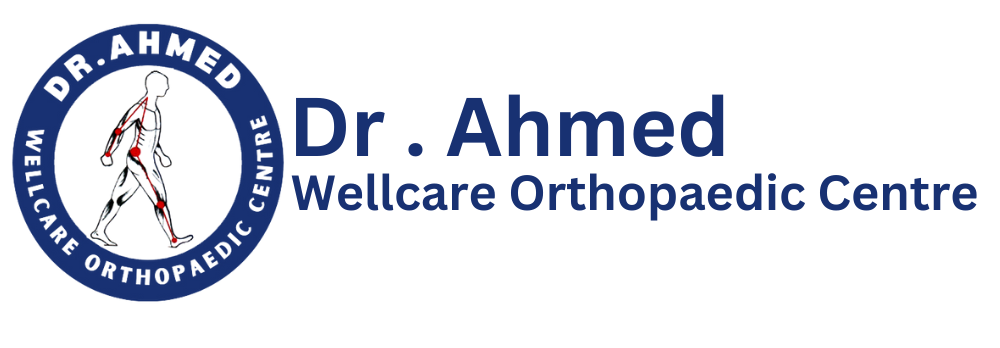Understanding A2M: Alpha-2-Macroglobulin Injection
Alpha-2-Macroglobulin (A2M) is a significant protein found in the human body, playing a crucial role as a protease inhibitor. This protein functions by binding to and inactivating various enzymes known as proteases, which, if left unchecked, can contribute to tissue degradation and inflammation. The protective properties of A2M are vital in sustaining overall tissue health, particularly in joints, muscles, and organs. By inhibiting these enzymes, A2M helps maintain the integrity of tissues, thus preventing conditions that may require interventions.
A2M is present in multiple tissues, including blood, connective tissues, synovial fluid in joints, and organs such as the liver. Its widespread presence signifies its importance in various biological processes. The protein is produced primarily in the liver and circulates in the bloodstream, where it carries out its protective functions. Among its many roles, A2M assists in regulating inflammation, aiding tissue repair, and maintaining homeostasis in the body. This multi-faceted biological role highlights A2M’s importance not only in normal physiological states but also in response to injuries and pathological conditions.
The exploration of A2M’s therapeutic potential has gained momentum in recent years, particularly in the field of regenerative medicine. Researchers have begun to uncover the possibility of using A2M for joint pain relief, given its ability to inhibit enzymes that degrade cartilage. The application of A2M injection therapy offers promising avenues for treating degenerative joint diseases, such as osteoarthritis, where inflammation and tissue breakdown are prevalent. As studies continue to emerge that validate the efficacy of A2M in tissue repair, its integration into treatment protocols could potentially revolutionize approaches to regenerative medicine.
Mechanism of Action: How A2M Injection Works
A2M injection therapy utilizes a complex natural protein called Alpha-2-Macroglobulin (A2M) to facilitate tissue repair and regeneration. When administered to damaged areas, this therapeutic approach triggers a series of biological responses that can effectively promote healing. The primary mechanism hinges on A2M’s capacity to interact with local cells and modulate their functions.
Upon injection, A2M binds to pro-inflammatory cytokines and growth factors in the injured tissues. This binding action essentially neutralizes unwanted inflammatory agents, reducing the prevalence of inflammation that often complicates the healing process. By inhibiting inflammation, A2M helps create a more conducive environment for regeneration, as excessive inflammatory responses can hinder the recovery of joint tissues and other structures.
Moreover, A2M plays a critical role in cellular protection. One of its distinctive features is its ability to trap and remove proteases, enzymes that can lead to further biological damage when present in excess. By sequestering these harmful enzymes, A2M effectively shields surrounding tissues from degradation. This protective factor is especially beneficial in the context of A2M for joint pain, where ongoing inflammation and damage can exacerbate existing conditions, leading to chronic issues.
Clinical findings further support the efficacy of A2M injection therapy. Numerous studies have documented significant improvements in patients receiving A2M, noting enhanced tissue repair and functional recovery. Such insights into the molecular interactions at play reinforce the potential of A2M as a powerful regenerative therapy. By harnessing the multifaceted mechanisms of action associated with A2M injection, healthcare providers are now equipped to offer innovative treatments tailored to support tissue repair and alleviate joint pain in their patients.
Clinical Applications and Benefits of A2M Injection
A2M injection therapy has emerged as a promising avenue within regenerative medicine, particularly for its clinical applications in tissue repair. One notable application is in orthopedic settings, where A2M for joint pain is increasingly recognized for its efficacy in treating conditions such as osteoarthritis, tendon injuries, and acute sports-related injuries. The therapy works by utilizing the body’s own natural proteins to help promote healing and reduce inflammation. This regenerative approach not only focuses on alleviating symptoms but also addresses the underlying causes of joint discomfort.
The benefits of A2M injections compared to traditional treatments are increasingly evident. Many patients report significantly reduced recovery times, which allows for a quicker return to normal activities. In addition, A2M therapy has shown potential in decreasing pain levels more effectively than conventional options such as corticosteroids, which can carry risks of side effects and dependency. Improved overall outcomes are supported by a growing body of evidence, highlighting the therapy’s ability to enhance tissue regeneration and function.
Testimonials from both patients and healthcare professionals underscore the positive impact of A2M injections. For instance, a case study involving athletes recovering from ACL injuries demonstrated marked improvements in mobility and a substantial reduction in pain following A2M treatment. Similarly, healthcare providers have reported that patients who receive A2M injections experience increased satisfaction and fewer complications than those undergoing traditional surgical procedures. This real-world effectiveness positions A2M injection therapy as a valuable option for individuals seeking reliable and less invasive solutions for their joint ailments and soft tissue damage.
Future Directions: Research and Innovations in A2M Therapy
The future of A2M injection therapy looks promising, particularly within the landscape of regenerative medicine. Research is rapidly advancing, with many clinical trials currently underway to further explore the therapeutic potential of A2M for joint pain and tissue repair. These trials are not only confirming the efficacy of A2M injections but also expanding our understanding of the mechanisms through which A2M operates. Recent studies have indicated that A2M may possess a range of biological properties that could aid in modulating inflammation and promoting healing in a variety of tissues.
One of the most exciting directions in A2M research involves the integration of technology and personalized medicine. There is growing interest in customizing A2M therapies based on individual patient profiles, which may enhance the therapeutic outcomes. By analyzing genetic, environmental, and lifestyle factors, researchers aim to tailor A2M injections to the unique needs of each patient, thus potentially improving recovery rates and reducing associated pain. Innovations in biomaterials are also paving the way for more effective delivery methods of A2M for joint pain treatment, which could maximize the compound’s regenerative properties.
Moreover, ongoing research is focusing on how A2M therapy can be synergized with other regenerative techniques, such as stem cell therapy and platelet-rich plasma treatments. This integration may create more comprehensive approaches to healing that harness the strengths of multiple methods. Nevertheless, further studies are necessary to establish the optimal protocols for combining these therapies and to fully understand the long-term impacts of A2M injections on tissue repair.
As the body of research expands, it is essential for healthcare practitioners to stay informed about developments in A2M therapy, ensuring they can provide patients with the latest evidence-based treatment options. The future for A2M injection therapy in regenerative medicine appears to be bright, with significant advancements anticipated in the coming years.
Frequently Asked Questions?
Q. What is A2M injection, and how does it work?
Ans. An overview of alpha-2-macroglobulin (A2M) and its mechanism in tissue repair.
Q. What conditions can A2M injections treat?
Ans. Common conditions and injuries that may benefit from A2M injection therapy.
Q. What are the benefits of A2M injections in regenerative medicine?
Ans. A summary of the advantages of using A2M injections for tissue repair and healing.
Q. How is the A2M injection procedure performed?
Ans. A description of the process, including preparation, administration, and aftercare.
Q. Are there any side effects associated with A2M injections?
Ans. Information on potential risks and side effects of the treatment.
Q. How many A2M injection sessions are typically needed for effective results?
Ans. Insights into the treatment frequency and duration for optimal outcomes.
Q. How does A2M injection compare to other regenerative therapies like PRP?
Ans. A comparison between A2M injections and other common regenerative treatments.
Q. What should patients expect during recovery after receiving an A2M injection?
Ans. A guide to post-treatment care and what to anticipate during the healing process.
Q. Is A2M injection therapy covered by insurance?
Ans. Information about insurance coverage and payment options for A2M treatments.
Q. Where can I find qualified practitioners for A2M injections?
Ans. Tips on how to find and choose healthcare providers experienced in administering A2M injections.









